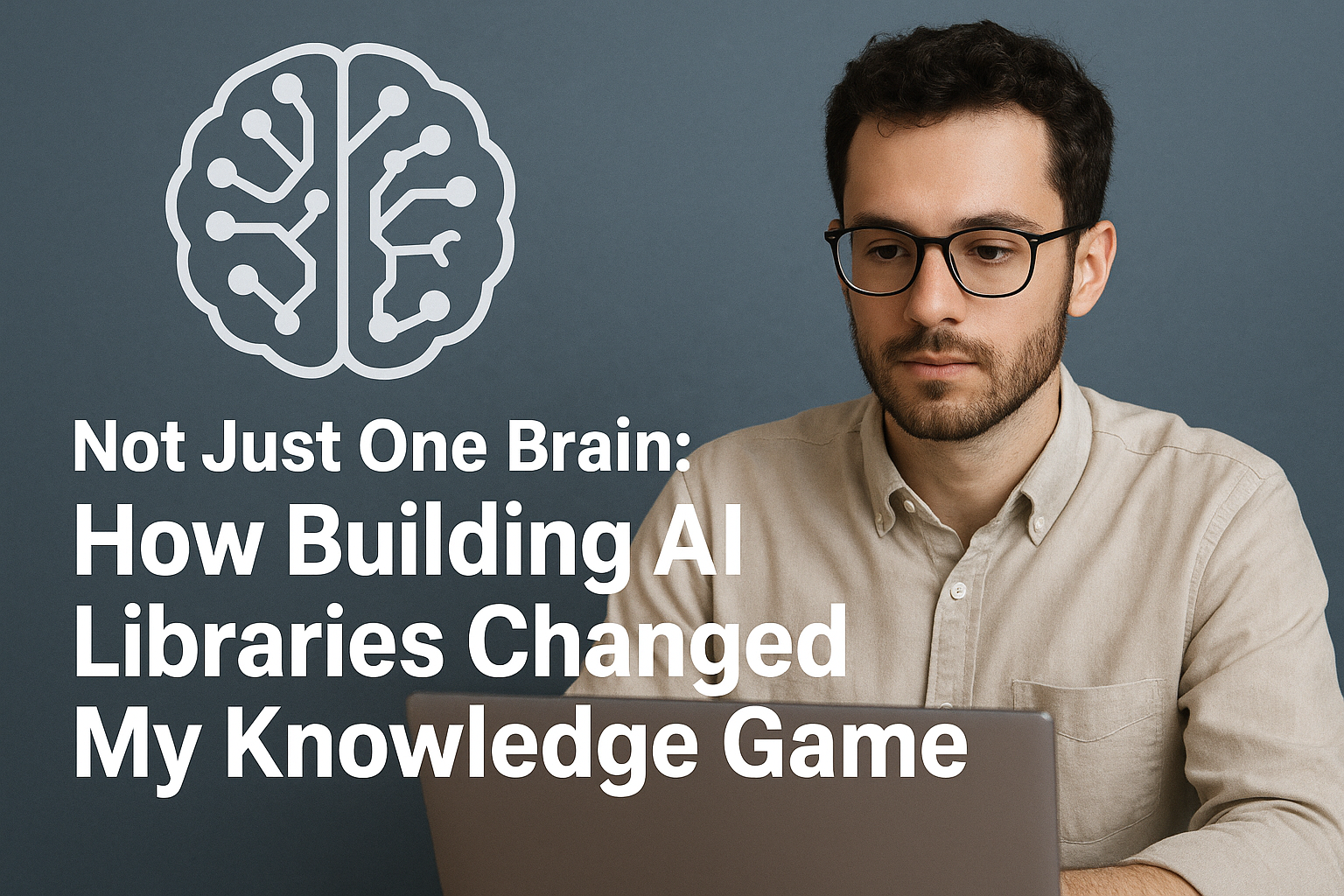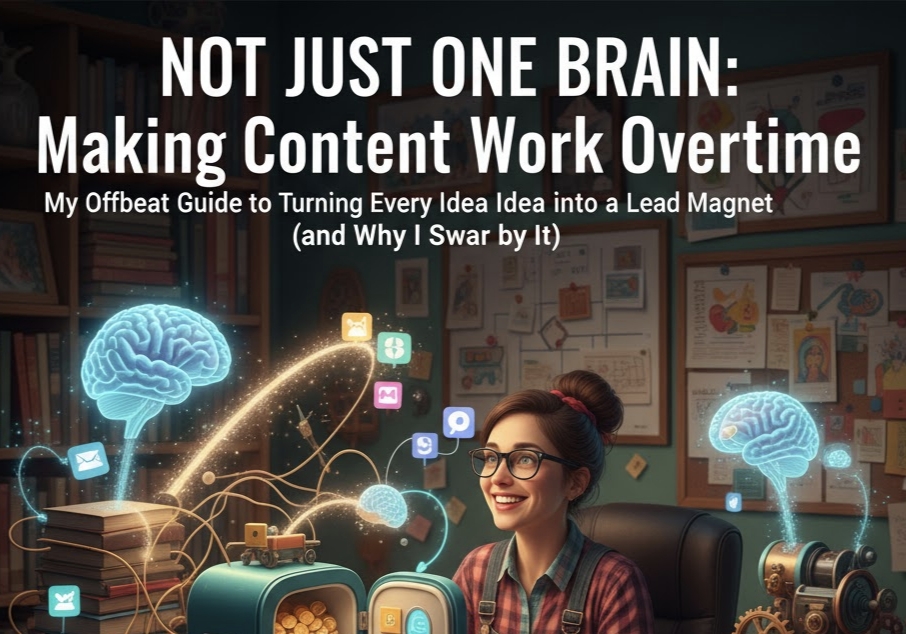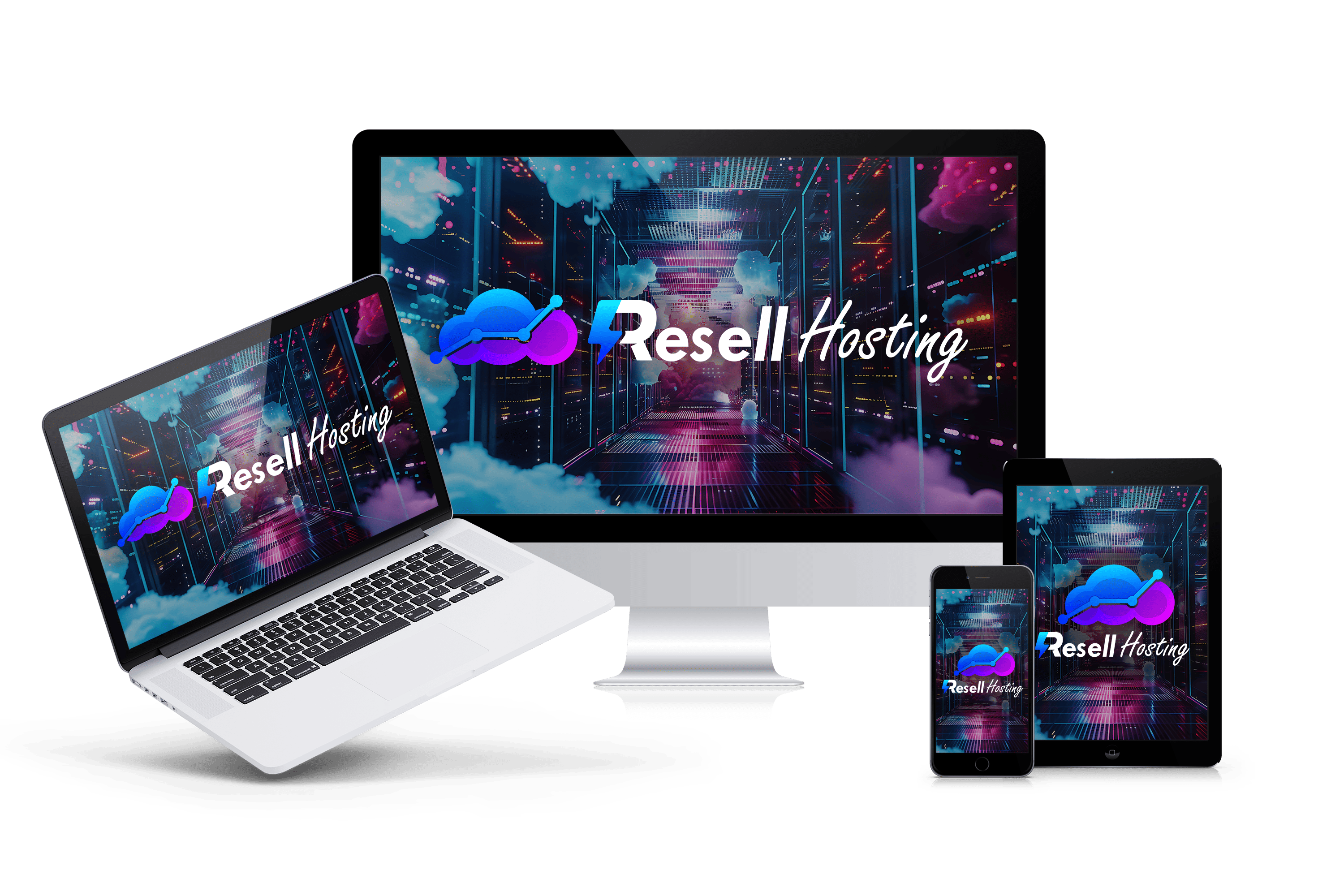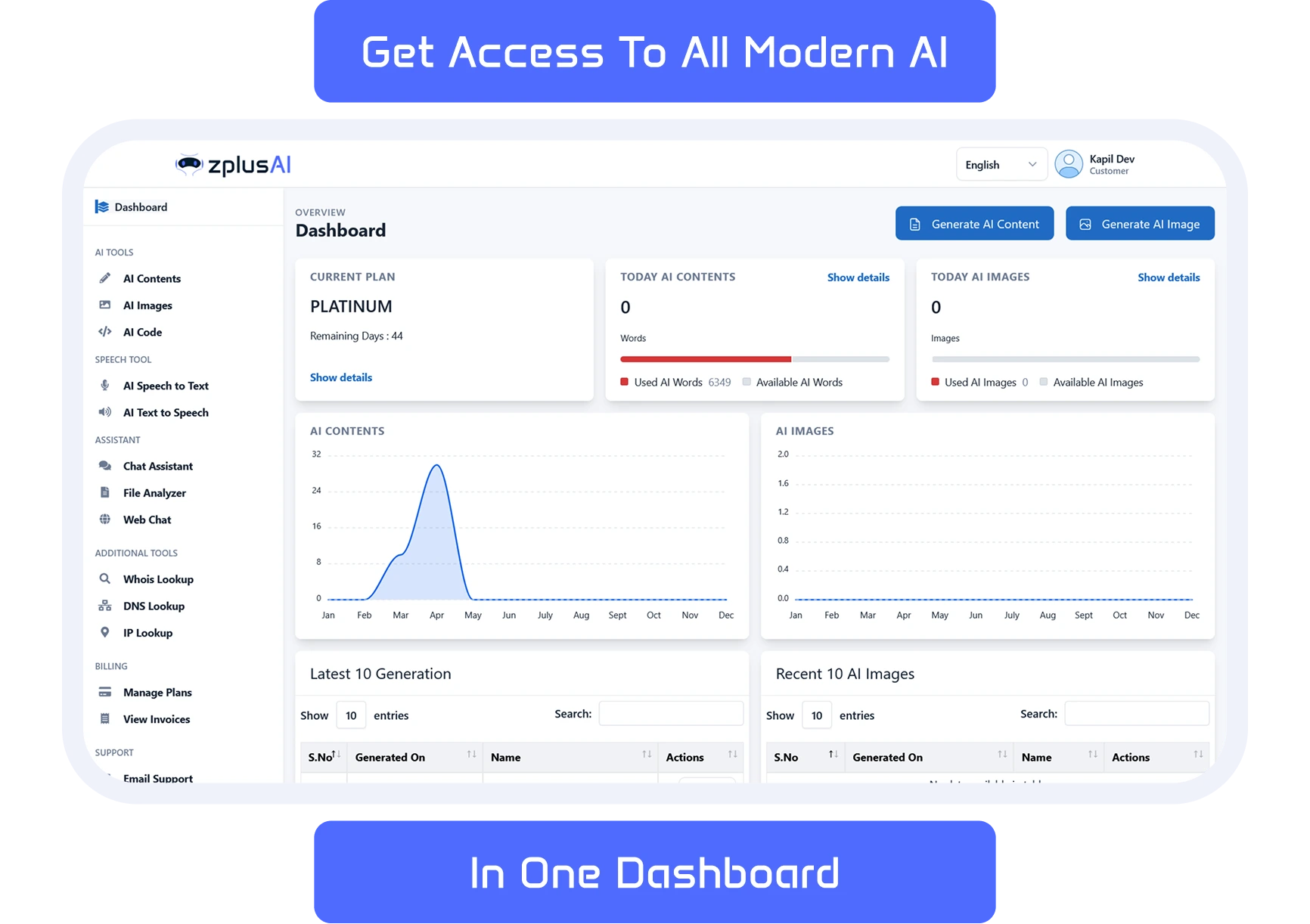It all started because my brain was overflowing. I was juggling a dozen topics—books, projects, meetings—and like most people flirting with burnout, I tried every note-taking hack out there. Then I discovered that the problem wasn’t me: it was the idea that all my knowledge had to fit in just one brain. A late-night session with a tangle of paper notes and tabs open to Notion, Obsidian, and Forbes articles sparked a realization: what if I built not one "second brain," but an entire AI-powered library instead? Suddenly, my scattered ideas found a home, and my thinking became more dynamic—not just hoarded, but actively engaged. Here’s how that shift changed everything for me.
The Power of Many Brains, Not One (Why My Notebook Looked Like a Hedgehog)
Juggling multiple interests, my notes quickly became a mess—color-coded tabs poking out everywhere, making my notebook look like a hedgehog. Traditional “second brain” systems like Notion and Obsidian only centralized the chaos, leading to burnout and cognitive overload. I realized the single-brain model was a bottleneck. The breakthrough came when I envisioned a library of AI brains, each focused on a specific project or thinker—like having different rooms in a library. With NotebookLM features, I now connect each personal interest to its own AI knowledge management hub, from leadership to favorite authors. This approach compartmentalizes ideas for tailored access and sparks creativity. As Adam Grant says,
“The more diverse the minds you consult, the sharper your own thinking becomes.”
Collector Mode: Becoming an Admiring Hoarder (and Loving It)
Stepping into collector mode means intentionally curating the works of those I admire—authors, educators, podcasters, and more. I gather everything: podcast transcripts, PDFs, blog posts, interviews, and even rare essays. With NotebookLM’s source integration capabilities, I can upload these diverse formats, instantly creating a themed archive—like “Leadership nuggets from Brené Brown.” This transforms static files into an interactive knowledge base, letting me ask, “What would X say about Y?” and receive simulated mentorship. NotebookLM features make deep learning and exploration seamless. I always respect copyright by quoting and attributing sources properly. As Shane Parrish said:
“True wisdom isn’t in remembering everything, but in knowing where to find it—and who to ask.”
Why AI Libraries Trump Static Note Stacks (or, I Let My AI Argue With Me)
NotebookLM transforms static notes into an interactive knowledge base, making learning truly dynamic. Instead of just storing information, I can ask questions, get real-time context, and even debate with my AI—often in the authentic voice of the original thinker. Each project or theme gets its own AI “personality,” so ideas stay organized and focused. This approach with AI learning tools boosts active learning, insight discovery, and brainstorming. I once spent twenty minutes arguing with my Leadership AI about emotional intelligence—oddly productive! The AI even points out patterns or gaps I might miss. As Tim Urban says:
Never trust an AI who doesn’t challenge your thinking.
With collaborative AI tools like NotebookLM, learning becomes a transformative, ongoing conversation.
Rules of Engagement: Source Diversity, Attribution, and Respect
When building my AI brains for personal development, I follow strict rules for intellectual property AI management and AI perspectives harnessing. I never rely on just one thinker—diversity of voices is essential to avoid echo chambers and enrich learning. Every idea or work I upload is credited, respecting copyright and intellectual property. As Maria Popova says,
“Ethical curation is the foundation of any meaningful knowledge work.”I treat the AI as a reflective partner, not an authority; curiosity guides my use, and I make the final call. For transparency, I keep a running log of sources and permissions. These practices ensure trustworthy, ethical curation and help me build dynamic, actionable personal development AI brains.
Wild Card: The Internet’s Living City—How Forbes and NotebookLM Energize My Workflow
Forbes’ web interface feels like a living city—organized chaos, diverse, responsive, and buzzing with energy. Features such as dynamic CSS and JavaScript loading, custom fonts like Merriweather and Work Sans, and responsive web design content ensure seamless access across devices. Secure newsletter sign-ups, powered by Google reCAPTCHA and clear privacy policies, mirror the security and accessibility I value in AI knowledge activation. Dedicated Forbes newsletters and lists (like CEO, CxO, and Cloud 100) act as neighborhood notice boards: curated, yet always evolving. I treat Forbes and NotebookLM as twin power stations—Forbes delivers news and context, while NotebookLM transforms it into actionable insight. As Satya Nadella said,
“A dynamic web platform is the nervous system of digital knowledge.”
From Burnout to Brainy: How a Mental Metropolis Fuels Lifelong Learning
Switching to an AI library approach transformed my chaotic knowledge habits into a vibrant, organized “mental metropolis.” Now, every topic—leadership, tech, wellness—has its own digital AI librarian, always ready to guide, debate, or provide study guides and briefing docs. Instead of one overloaded brain, I have neighborhoods of AI brains, each powered by AI learning tools like flashcards and the mind map feature. This dynamic, sometimes noisy city of knowledge is finally productive, not exhausting. AI knowledge activation keeps learning lively and ongoing, making lifelong learning a natural part of my day. As Oliver Wendell Holmes Jr. said:
“A mind that is stretched by a new idea never returns to its original dimensions.”
How to Join the Crowd: Growing With Many Voices (And Maybe a Few Friendly AI Debates)
Personal and professional growth accelerates when we join communities that value diverse perspectives. Signing up for Forbes gives you access to news, insights, and specialized newsletters—an entry point to “One Community. Many Voices.” Experiment with collaborative AI tools like NotebookLM to build your own interactive knowledge base technology, creating AI advisors tailored to each project or theme. Share your discoveries and viewpoints on LinkedIn, X, or your personal website, and don’t hesitate to challenge your own AI’s conclusions—sometimes the best insights come from friendly debates. As Priya Parker says,
“Communities don’t just share information, they shape how we think about it.”Active engagement—reading, debating, and curating—transforms information into real growth. Embrace the multiperspective mindset and help shape the future of AI leadership project planning.
TL;DR: Don’t settle for stuffing all your life’s knowledge into one overloaded system. Instead, try building a library of focused AI brains—one per passion or project. Tools like NotebookLM, used thoughtfully, make knowledge interactive and actionable. Remember to keep your sources diverse, respect intellectual property, and embrace collaboration. The future isn’t a single second brain—it’s a mental metropolis, alive with ideas.



